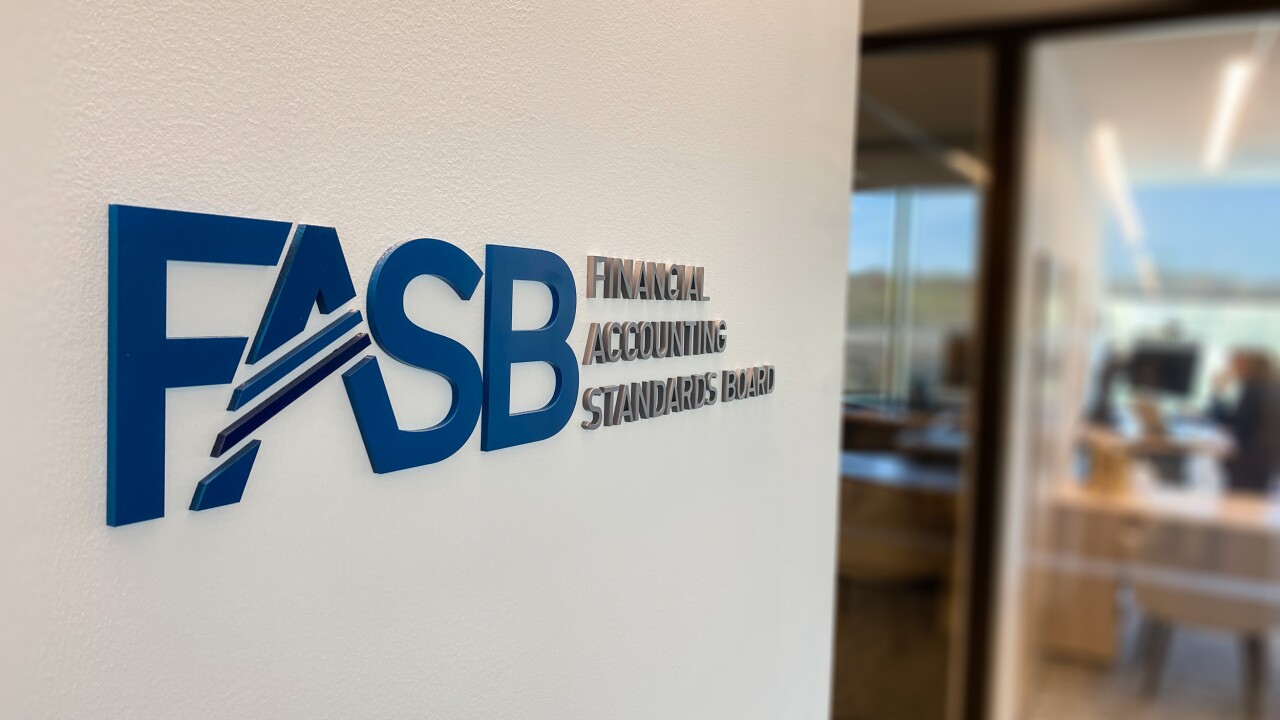The Internal Revenue Service is exploring ways to improve its verification process before issuing tax refunds, but it needs to do a better job of managing the risks, according to a
The report, from the Government Accountability Office, noted that the IRS receives few information returns before issuing most tax refunds. In 2012, the IRS issued 50 percent of tax year 2011 refunds to individuals by the end of February, but had only received 3 percent of information returns.
Most information returns are not received by the IRS until after mid-April, and the IRS conducts the first match of tax and information returns in July, with subsequent matches in February and May of the following year. For tax year 2010, an average of over a year passed before the IRS notified taxpayers of matching discrepancies, which the IRS recognizes is a long time lag that burdens taxpayers. For tax year 2011, IRS matched over 140 million individual income tax returns against the 1.6 billion information returns it received from third parties such as employers. Generally, this match does not occur until well after refunds are issued.
In early 2011, then-IRS Commissioner Doug Shulman outlined a vision for a “Real Time Tax” system, a strategy to improve verification by matching third-party information to income tax returns during the pre-refund screening process rather than after refunds are issued. In 2012, the IRS launched a three-phase exploratory effort to assess the tradeoffs inherent in pursuing Real Time Tax.
Moving the matching of third-party information during the pre-refund screening process could have significant impacts on taxpayers, third parties, and IRS processes and systems. But it could also require congressional action to authorize changes to the Tax Code, including, perhaps, changes to some information return due dates. Considerations associated with moving the due dates include whether third parties have the information they need before the current due dates and whether they would have sufficient time to detect and correct errors before reporting. IRS officials noted that they do not yet consider Real Time Tax a “project” and have not decided whether to pursue Real Time Tax.
The GAO report acknowledged that the IRS is generally following leading practices in its Real Time Tax exploratory effort by, for example, dedicating a team and defining program goals. However, the IRS did not develop an overall timeline because IRS management views Real Time Tax as a broad goal, and officials wanted to avoid causing concern that the IRS had already decided on a path. Without a timeline for the overall exploratory effort, though, the IRS cannot know if its efforts will be completed in even the broad time frames the IRS is considering, the GAO pointed out, and Congress may not be able to determine what legislative action might be required.
IRS officials stated that managing risk is a high priority, but they have not developed an overall risk management framework, as they are still in the early stages of the exploratory effort, according to the GAO. Officials said they plan to further develop the strategy if the IRS pursues the Real Time Tax effort. But without systematically identifying and evaluating the risks of Real Time Tax options, IRS officials may miss critical factors that could complicate the effort, the GAO warned. A record of prior risk analyses could help prevent unnecessarily repeating the same analyses.
The GAO recommended that the IRS identify time frames for the exploratory effort's critical phases and activities and develop a risk management framework for Real Time Tax. IRS agreed with the GAO’s recommendations.
“We agree with GAO’s selection of leading practices for exploratory efforts, such as real time tax, and appreciate acknowledgement of IRS efforts in implementing four of the six leading practices selected,” wrote IRS Deputy Commissioner for Operations Support Beth Tucker in response to the report. “The IRS also agrees with GAO’s recommendation. As the IRS continues to engage stakeholders and explore the real time tax concept, we will identify timeframes for critical phases and key activities and develop a risk management framework.”





